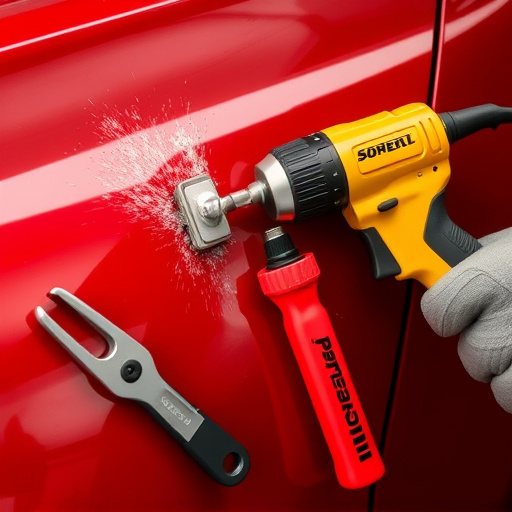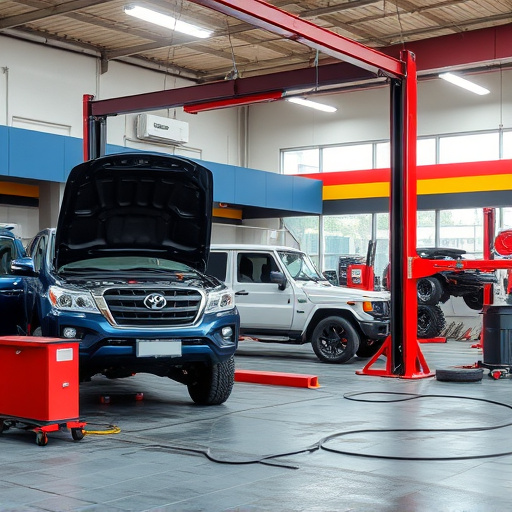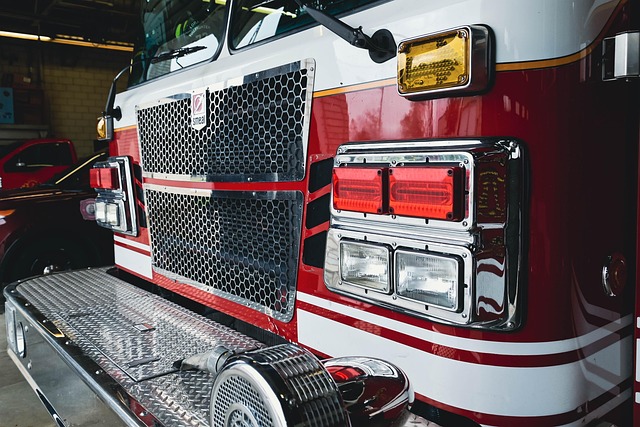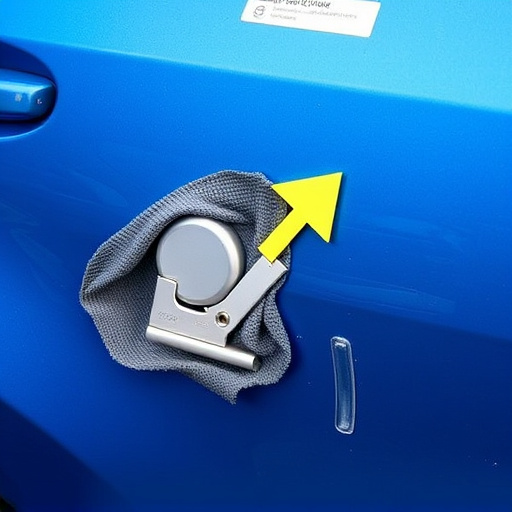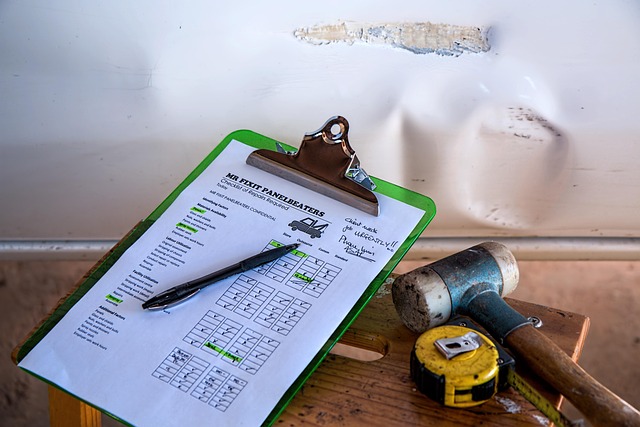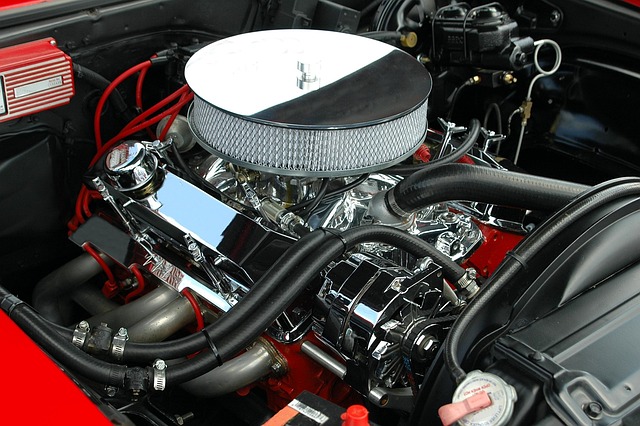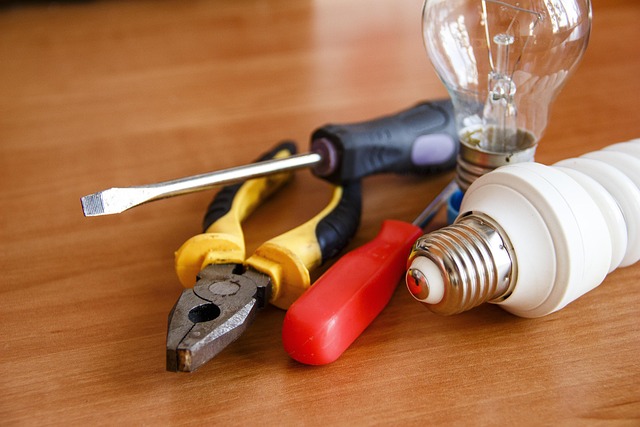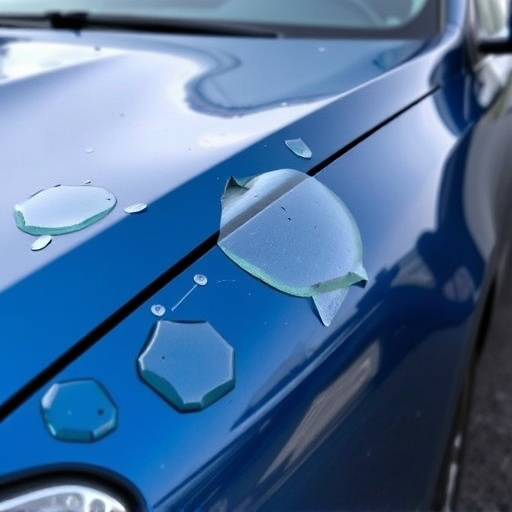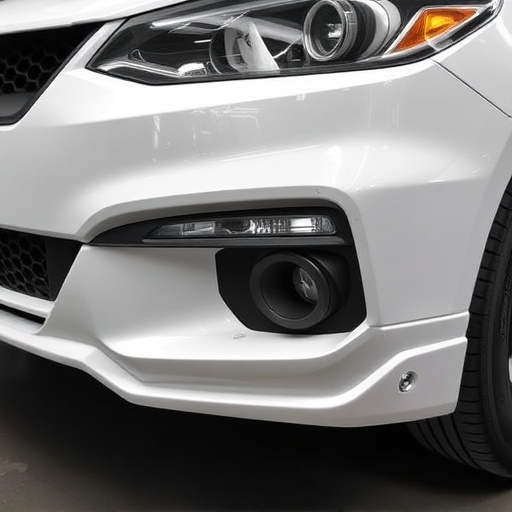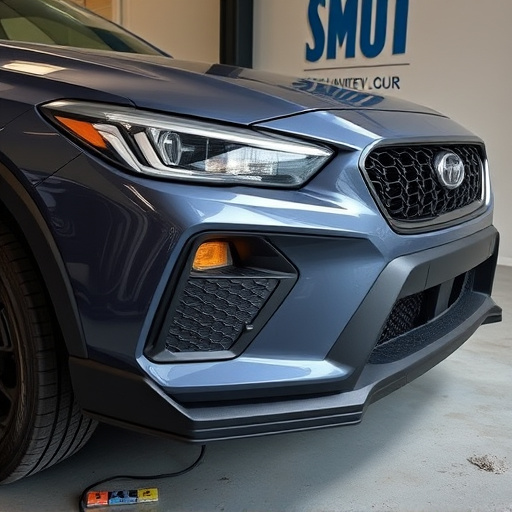When choosing vehicle restoration services, full restoration offers a complete transformation for severe or classic car damage, while partial restoration focuses on specific repairs like dent removal for less severe cases, providing cost-effective solutions tailored to budget and desired outcome.
When it comes to reviving your classic or damaged vehicle, choosing between full and partial restoration services is crucial. This in-depth comparison delves into the intricate differences between these two approaches, helping you make an informed decision. From understanding the scope of each service to exploring costs and optimal use cases, we guide you through the process. Discover when a complete overhaul is worth the investment or if targeted repairs are more feasible for your budget and vehicle’s needs.
- Understanding Full and Partial Restoration Scopes
- Costs: Comparing Budget and Comprehensive
- When to Choose Each for Optimal Results
Understanding Full and Partial Restoration Scopes
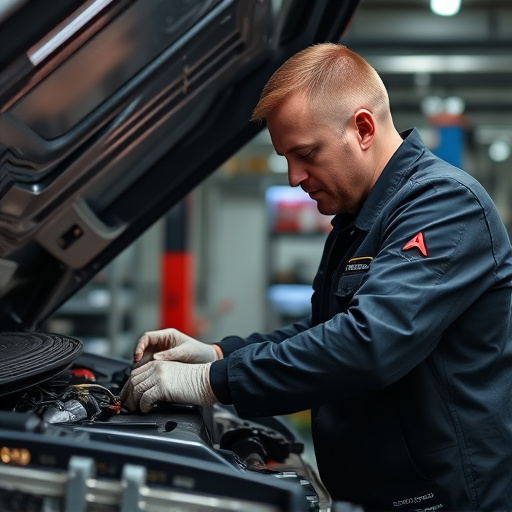
When considering vehicle restoration services, it’s crucial to grasp the distinct scopes of both full and partial restoration options. Full restoration involves a comprehensive overhaul, aiming to restore a vehicle to its original state as if it were new. This includes extensive work on all systems, from engine and transmission to body panels and interior components. It’s ideal for severely damaged or classic cars that require meticulous attention to detail.
In contrast, partial restoration focuses on specific areas of repair, such as car dent removal, fender bender repairs, or paint jobs. These services cater to less severe damage scenarios, where only certain parts need rejuvenation. Fleet repair services often opt for partial restoration due to its cost-effectiveness and efficiency in maintaining a fleet of vehicles.
Costs: Comparing Budget and Comprehensive
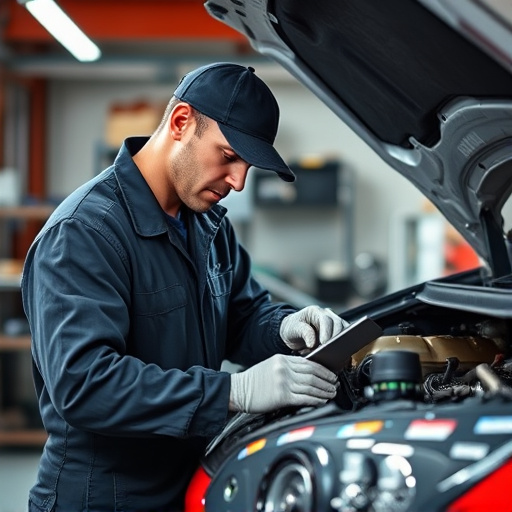
When considering vehicle restoration services, one of the primary factors to evaluate is cost. Full restoration involves a comprehensive approach, where every aspect of the car’s aesthetics and functionality is restored to its original state. This includes intricate detail work, paint jobs, and sometimes even engine repairs. As such, it comes with a correspondingly higher price tag. On the other hand, partial restoration services focus on specific areas in need of repair, such as car dent removal or minor paint scratches. These targeted fixes are usually more budget-friendly options, ideal for those looking to refresh their vehicle without breaking the bank.
Comparing these two approaches, comprehensive restoration offers a complete makeover, ensuring your vehicle looks and performs like new. However, it may not be necessary for every owner, especially those with limited budgets or cars that have seen better days. Partial services provide an affordable solution for quick fixes, making them a popular choice for car owners seeking specific repairs, such as addressing the aftermath of a minor collision at a reputable car repair shop or eliminating unsightly dents.
When to Choose Each for Optimal Results
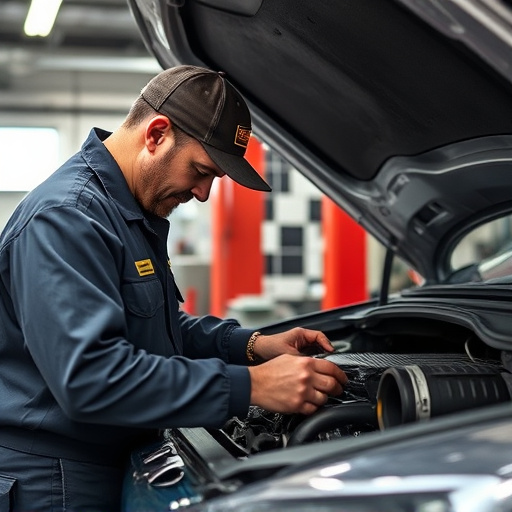
When deciding between full and partial vehicle restoration services, understanding your specific needs is key to achieving optimal results. For vehicles with extensive damage, such as those involved in severe accidents or with major structural issues, a full restoration is typically the best choice. This comprehensive process involves rebuilding or replacing every component of the car, from the chassis and frame to the engine, interior, and exterior. Full restoration services are ideal when you seek a like-new condition for your vehicle, ensuring all cosmetic and mechanical defects are eliminated.
On the other hand, partial restoration is more suitable for cars with less severe damage or specific areas that require attention. This might include repairing minor dents, scratches, or rust spots while keeping most of the original car intact. If you prefer to preserve the authenticity of your vehicle’s history and only want to restore certain sections, a partial restoration allows you to target problematic areas without overhauling the entire car. Choosing the right service depends on the extent of damage, desired outcome, and budget, ensuring you receive tailored care for your vehicle from a reputable collision repair shop or car bodywork services provider.
When considering vehicle restoration services, understanding the difference between full and partial restoration is key. Both options offer unique advantages based on your needs and budget. Full restoration provides a complete makeover, ideal for classic cars or severe damage cases. Partial restoration, however, is cost-effective and suitable for those seeking specific repairs or minor revamps. By weighing the scope of work and associated costs, you can make an informed decision to achieve optimal vehicle condition, whether it’s a full transformation or targeted improvements.
